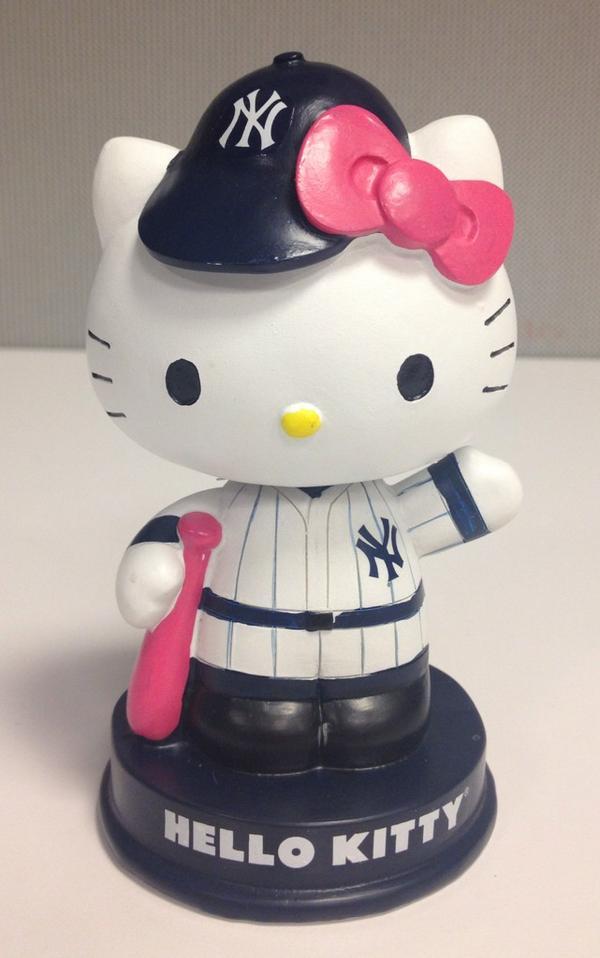Topic: From Scan to Printable Mesh Tutorial
In an effort to help our new Atlas users, I'm presenting this tutorial on how to go from a raw scan to a presentable and printable model.
Step 1. Scan your model. The settings for scanning will vary from model to model, and will also depend on your ambinet lighting. This tutorial assumes you already have a usable scan.
Open your PLY file in MeshLab, then Click the "Show Layer" Icon. This opens a layer dialog box on the right side.
On the Layer dialog box, click the Points view. This will show you only the point cloud. Also turn off the Light. This will lighten up the scene (removes shadows), and make it easier to see points in the cloud.
On the main tool ribbon, click the Select Vertexes icon. You can now select points in the cloud by holding the CTRL key, and dragging a box around the areas you want to select. To deselect, hold the SHIFT key. To delete the selected point press CTRL + Del.
Start cleaning up any noise or extra points that were created during the scan that don't belong in there. Rotate and zoom the model to find all the stray points
Once the point cloud is clean, save your work so far, then on the layer dialog box, right-click the layer and select Duplicate Current Layer. This creates a new layer, but without any color.
Click the eye icon next to the original layer to hide it.
Continues in the next post...
SD3 printer w/too many mods, Printrbot Simple Maker Ed., FormLabs Form 1+
AnyCubic Photon, Shining 3D EinScan-S & Atlas 3D scanners...
...and too much time on my hands.

